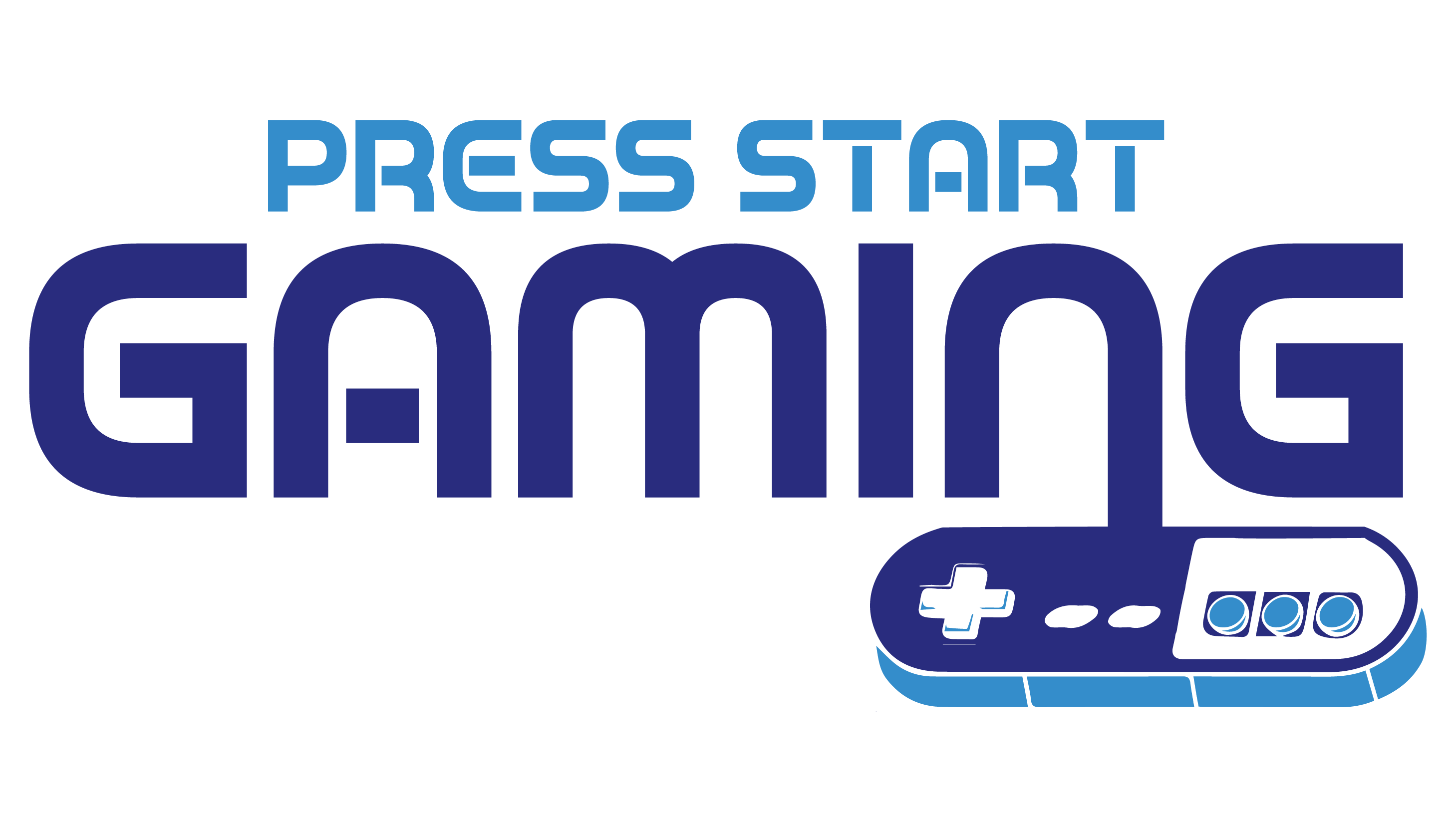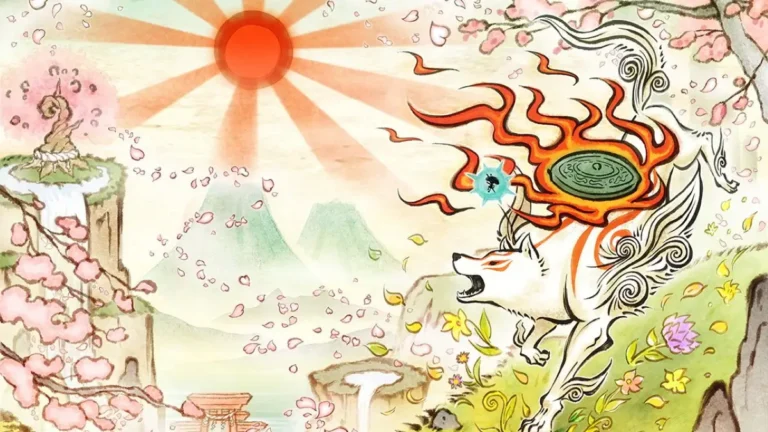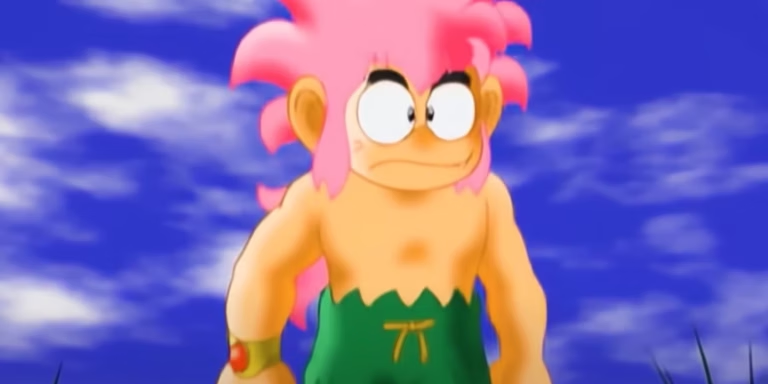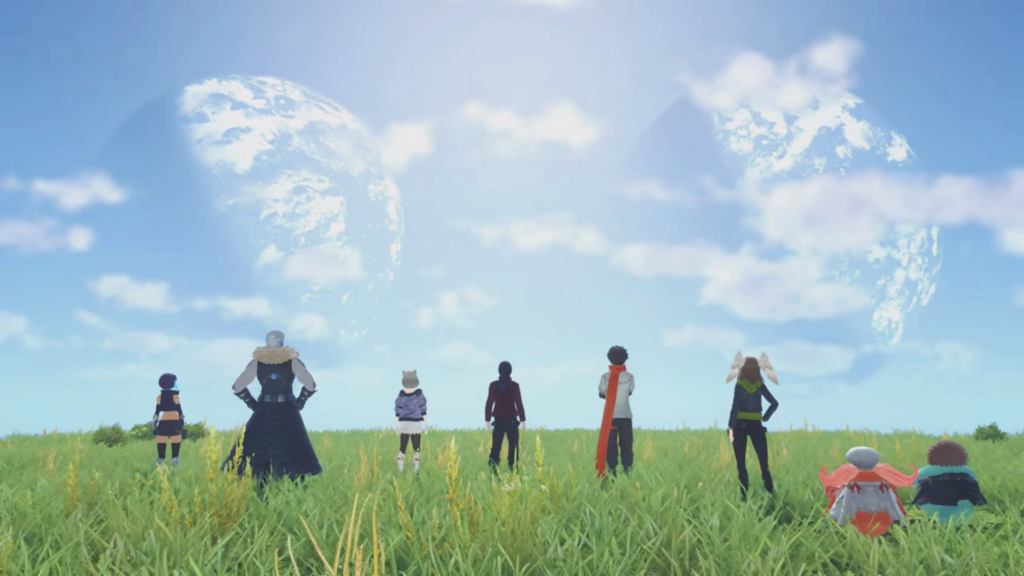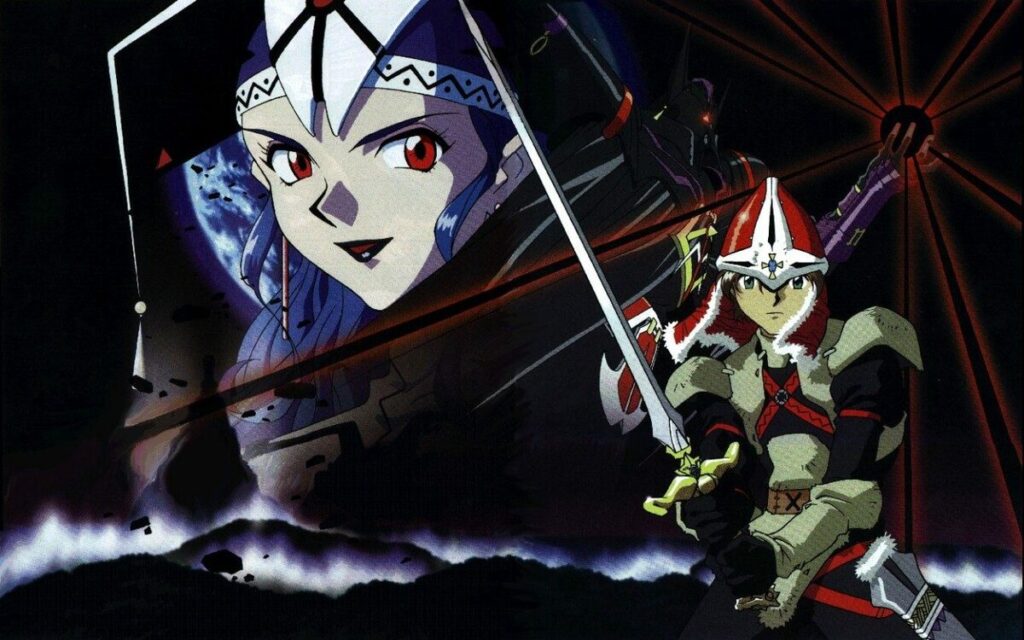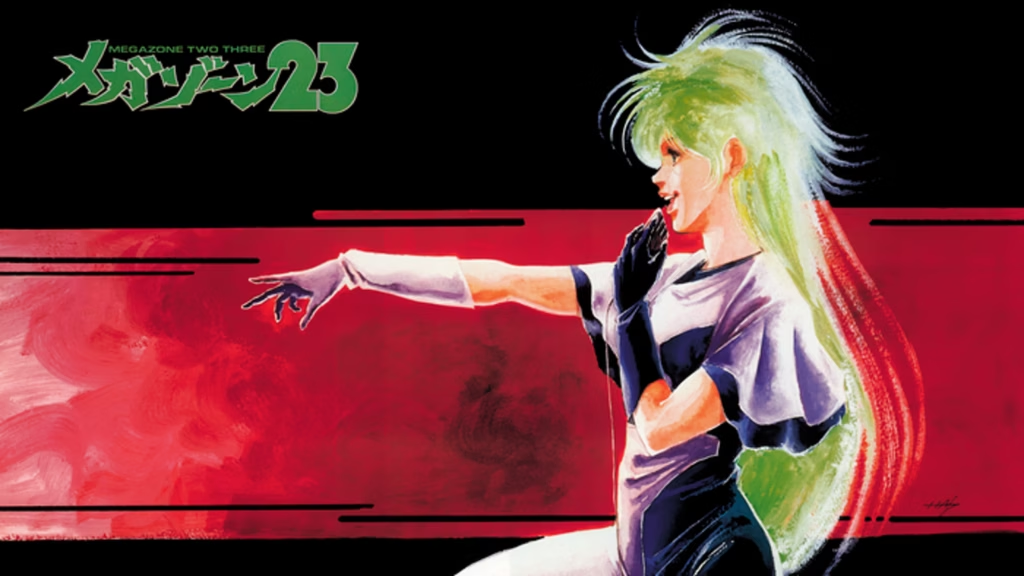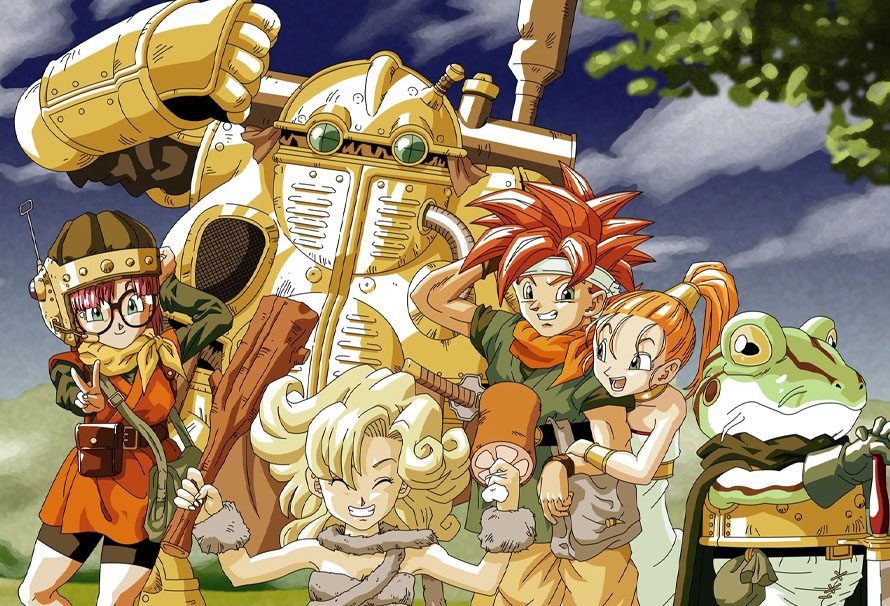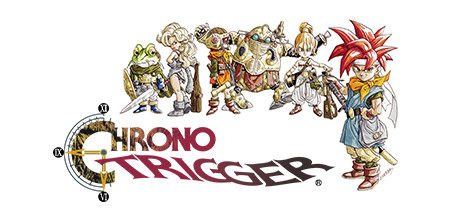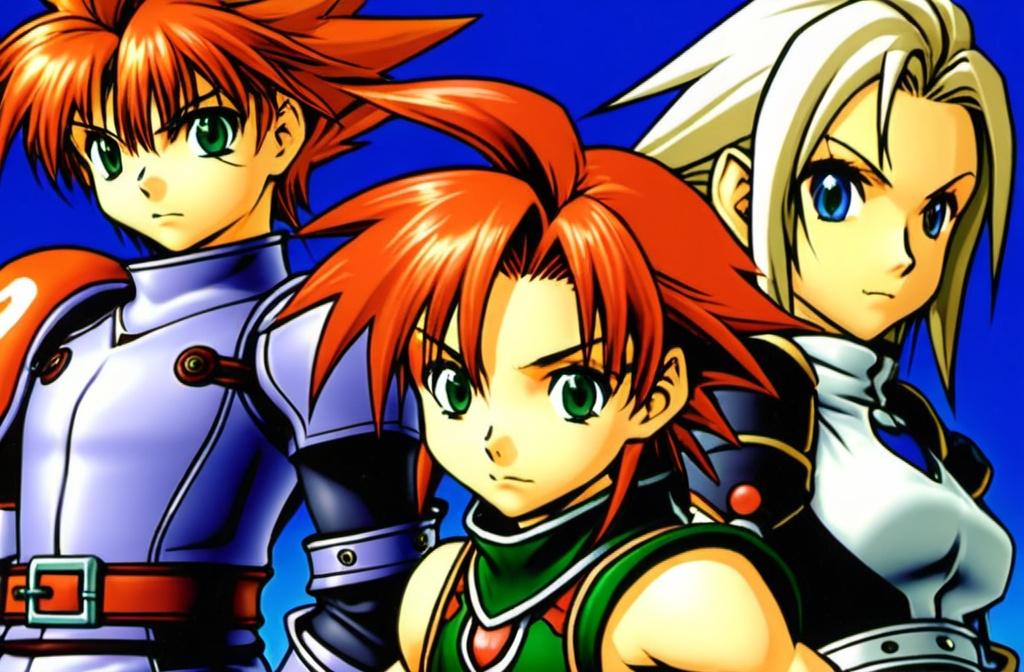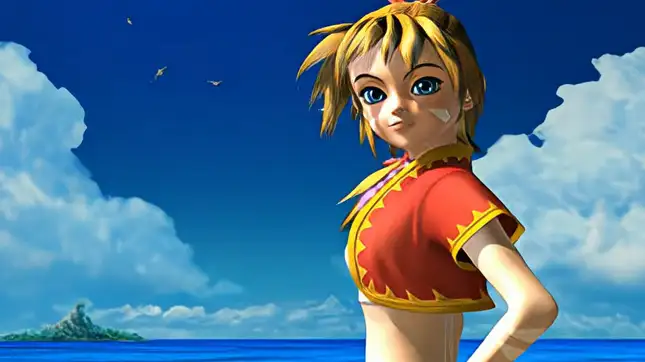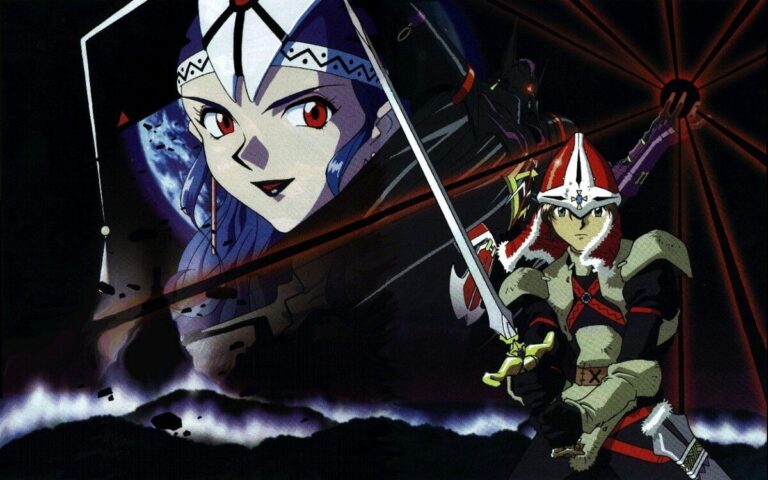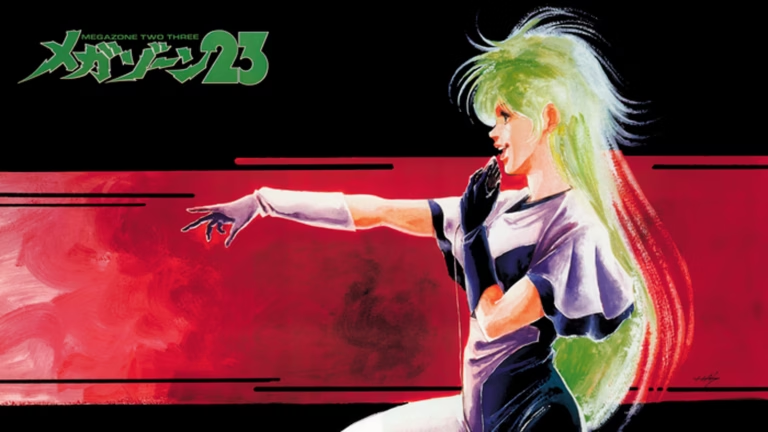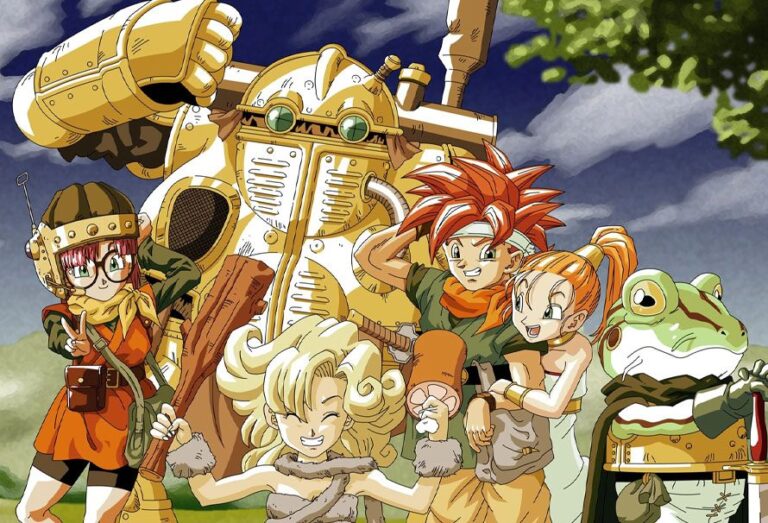Xenoblade Chronicles 3, the latest installment in the beloved Xenoblade series, has captured the hearts of gamers worldwide with its intricate storytelling, breathtaking landscapes, and immersive gameplay. With its complex narrative and emotionally charged characters, the game’s ending leaves players with a wealth of themes and questions to ponder. In this article, we will delve into the intricacies of Xenoblade Chronicles 3’s conclusion, exploring key events, character arcs, and overarching themes.
The Setting and Context
Before diving into the ending, it is essential to understand the setting and context of Xenoblade Chronicles 3. The game is set in the world of Aionios, a land embroiled in an eternal conflict between two nations: Keves and Agnus. The inhabitants of these nations are locked in a perpetual cycle of war, driven by mysterious forces and unknown origins.
Players follow the journey of Noah and Mio, two soldiers from opposing factions, who are drawn together by fate. Along with their allies, they embark on a quest to uncover the truth behind the war and the mysterious entities known as Moebius. As the story unfolds, players are introduced to a rich tapestry of characters and a narrative that explores profound themes such as identity, memory, and the nature of existence.
The Climax: Confrontation with Moebius
The climax of Xenoblade Chronicles 3 sees Noah, Mio, and their allies confronting the enigmatic Moebius. These powerful beings have manipulated the conflict between Keves and Agnus for their own purposes, feeding on the endless cycle of death and rebirth. The heroes uncover the true nature of Moebius and learn that they are remnants of a previous world, determined to maintain their control over Aionios.
The final confrontation takes place in the heart of the Moebius stronghold, where the heroes face off against the leader of Moebius. This battle tests their resolve and strength, requiring them to overcome not only physical challenges but also their own doubts and fears. Through the power of unity and determination, the protagonists manage to defeat Moebius, shattering their hold over the world.
The Revelation: The Nature of Aionios
With the defeat of Moebius, a profound revelation comes to light: Aionios is a reality born from the fusion of two parallel worlds. These worlds, each with their distinct histories and civilizations, were brought together by a cosmic event that threatened their existence. To preserve life, the worlds were fused into one, creating the conflict-ridden land of Aionios.
This revelation sheds light on the origins of the war between Keves and Agnus, as well as the true nature of Moebius. The fusion of worlds led to the creation of new life forms, but also to the birth of Moebius, who sought to maintain this status quo for their own survival. The protagonists’ journey has not only been about ending the war but also about restoring balance to a fragmented reality.
The Resolution: Restoring Balance
With the truth unveiled, Noah, Mio, and their allies face a critical decision: how to restore balance to Aionios. The choice is not an easy one, as it involves unraveling the fusion of worlds, which could lead to the dissolution of their current reality. However, the characters understand that true peace can only be achieved by allowing each world to follow its natural course.
The resolution involves a series of ritualistic actions and sacrifices, allowing the worlds to separate and heal. The protagonists work together, drawing on their bonds and the lessons learned throughout their journey. The separation of worlds is depicted in a visually stunning sequence, showcasing the beauty and diversity of each reality as they diverge.
The Character Arcs: Growth and Transformation
One of the most compelling aspects of Xenoblade Chronicles 3’s ending is the culmination of the characters’ arcs. Throughout the game, players witness significant growth and transformation in the protagonists and their allies. Each character’s journey is marked by personal struggles, revelations, and moments of introspection.
– Noah: As the central protagonist, Noah grapples with his identity and purpose. His journey is one of self-discovery, as he learns to balance his duty as a soldier with his desire for peace. By the game’s end, Noah emerges as a true leader, capable of making difficult decisions for the greater good.
– Mio: Mio’s arc is one of resilience and acceptance. Initially burdened by the weight of her past, she learns to embrace her strengths and vulnerabilities. Her bond with Noah and their shared experiences lead her to a place of inner peace and empowerment.
– The Allies: Each ally in the group undergoes their own transformation. From overcoming past traumas to finding their place in the world, their growth is intricately woven into the narrative. The ending highlights their newfound sense of purpose and camaraderie.
The Themes: Identity, Memory, and Existence
Xenoblade Chronicles 3’s ending is rich with thematic depth, inviting players to reflect on profound questions about identity, memory, and existence. These themes are interwoven throughout the narrative, culminating in the game’s conclusion.
– Identity: The fusion of worlds brings into question the characters’ sense of self. As they uncover the truth, they must confront their own identities and the roles they play in shaping their reality. The theme of identity is explored through personal growth and the acceptance of one’s true nature.
– Memory: Memories play a crucial role in the narrative, serving as both a source of strength and a burden. The characters’ recollections of their past lives and experiences influence their decisions and relationships. The game’s ending emphasizes the importance of memory in shaping identity and forging connections.
– Existence: The nature of existence is a central theme, explored through the creation and dissolution of worlds. The characters’ journey raises questions about the purpose of life and the choices that define it. The ending invites players to ponder the balance between destiny and free will.
The Emotional Impact
The ending of Xenoblade Chronicles 3 is an emotional tour de force, leaving players with a profound sense of catharsis and reflection. The culmination of the characters’ journeys, the resolution of the conflict, and the restoration of balance in Aionios evoke a range of emotions, from joy and relief to introspection and melancholy.
The game’s narrative intricacy is matched by its stunning visuals and evocative soundtrack, enhancing the emotional impact of the final scenes. Players are left with a lasting impression of the world of Aionios and the characters who inhabit it, their stories resonating long after the credits roll.
A Journey Worth Remembering
Xenoblade Chronicles 3’s ending is a fitting conclusion to an epic tale of discovery, unity, and transformation. Through its intricate narrative, well-developed characters, and thought-provoking themes, the game offers an unforgettable experience for players. As the worlds of Aionios separate and the characters embark on new beginnings, players are left with a profound appreciation for the journey and the lessons learned along the way.
The ending serves as a testament to the power of storytelling in video games, showcasing the medium’s ability to engage, inspire, and move players. Xenoblade Chronicles 3 not only concludes its own story but also leaves a lasting legacy within the Xenoblade series, setting the stage for future adventures in its captivating universe.
